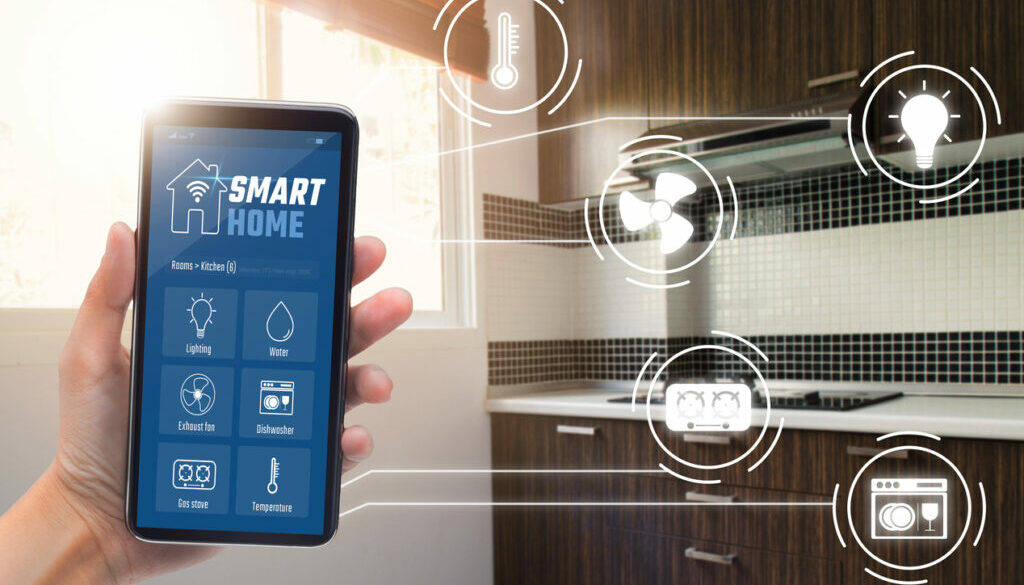Future-Proofing Your Home: Aging in Place with Sustainable Technology
As my mother would say, “in 100 years we’ll all be dead and nobody will care”. I think she was referring to an embarrassment I was suffering as a teenager, but I recall those words now – not only as a philosophy for ‘don’t sweat the small stuff’ but also as sign of the times that we lived in then. Nobody thought about the environment, or the newest buzz word, electrification.
Electrification… it seems to be another one of those made up sounding terms like ‘atmospheric river’ but it has real meaning in today’s world. In the lower mainland it seems that natural gas is on the outs and electrical power is in vogue as a safe and more importantly, clean, alternative. For that to work, similar to the electric stove breakthrough of 100 years ago, it needs to come back into our homes.
The challenge is that in this time of immediacy, we are asking for homeowners to spend on things that they may not ever be the one to take advantage of. That’s a challenging ask when the cost of housing and other finical pressures are already high.
Nevertheless, advancements in technology and a keen awareness of sustainability are making it easier than ever to future-proof our homes while minimizing our environmental footprint.
We have manufactures developing new technologies all the time to solve different problems like toilets overflowing, or high energy consumption, or excessive water use. They work for years on developing these products. They are future thinkers and I’d imagine that they have all kinds of money at their back fanning the flames of invention. All this effort can’t be effective if the consumer doesn’t buy and install it. Development and invention mean nothing without adoption.
Here are some of the ways that homeowners can reduce water consumption, transition to electric appliances, and integrate aging-friendly technology into their homes. Whether you’re looking to make upgrades for yourself or for aging loved ones, these simple yet effective solutions can help create a living space that’s safe, comfortable, and environmentally conscious.
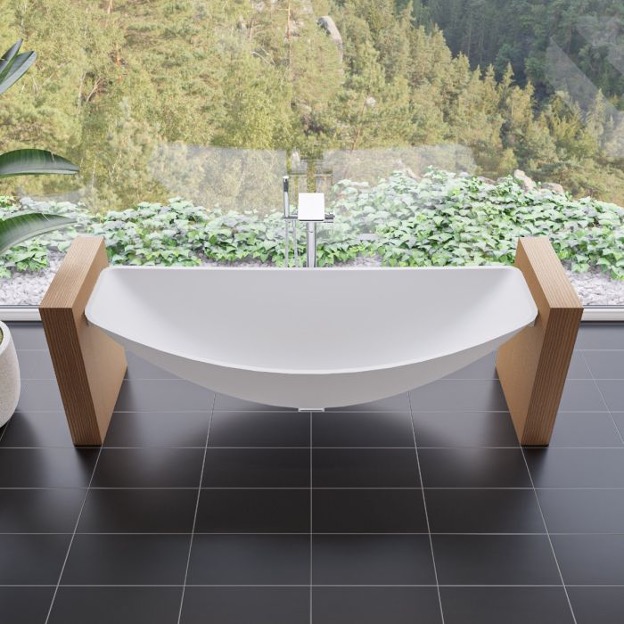
Reducing Water Consumption
Water is a precious resource, particularly this year where the snow pack is already almost gone in Vancouver, where conservation efforts are essential. By implementing water-saving measures in our homes, we can not only reduce our environmental impact but also lower utility bills. One of the easiest ways to conserve water is by installing low-flow faucets, showerheads, and toilets, which can significantly decrease water usage without sacrificing performance. If you’re doing a bathroom renovation and need a tub, consider a smaller one that takes less water to fill. The hammock tub, with no wasted corners or spaces, uses very little water to fill.
Emerging technologies such as smart water meters and leak detection systems offer additional tools for homeowners to monitor and manage their water consumption more effectively. These innovative solutions provide real-time data on water usage and can alert homeowners to potential leaks or inefficiencies, helping to prevent waste and save money in the long run.
With an eye to future proofing, think of an on-demand instant hot water dispenser for tea and other uses. It would eliminate the need for an elderly person to wrestle with a kettle, and also conserve water because the instant hot water can also be used for washing dishes. They are efficient too as they only use the electricity needed for that one moment.
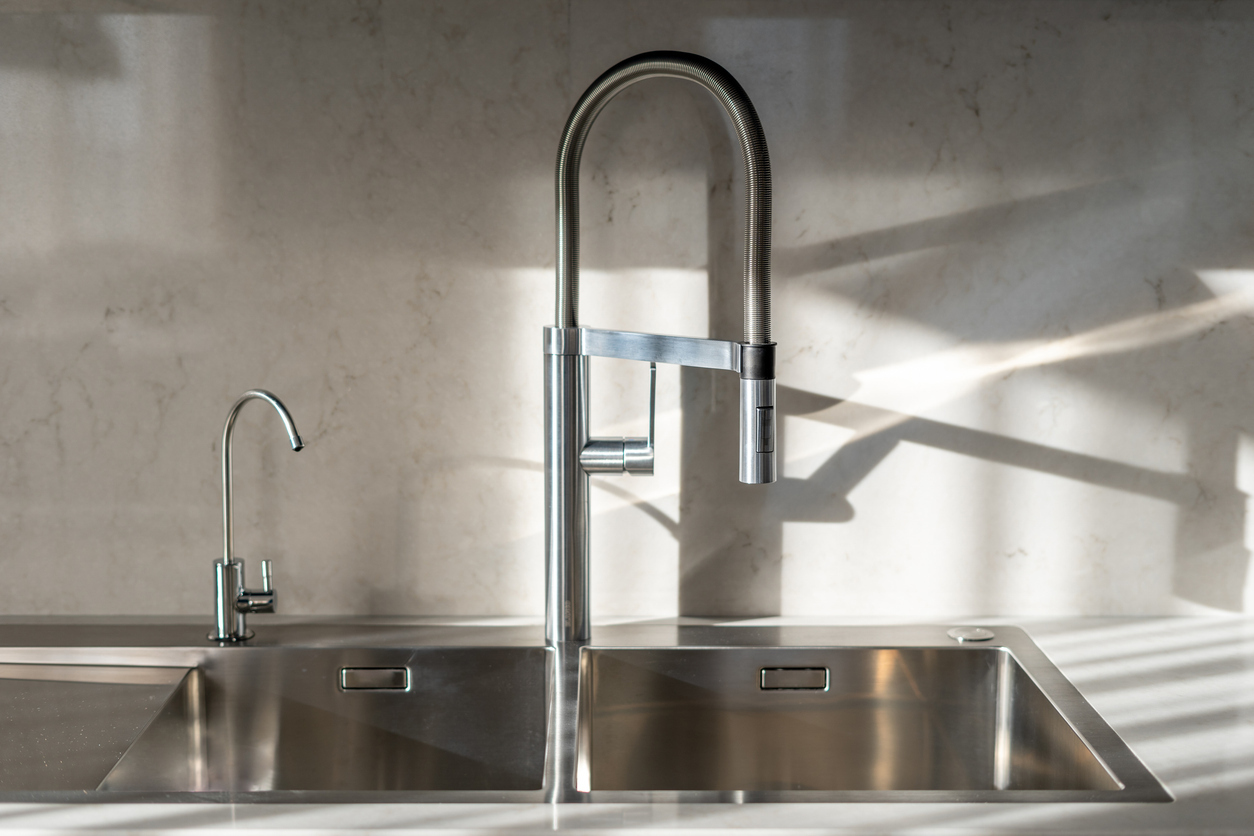
Electrification
The transition from fossil fuels to (or back to) electric-powered appliances and systems, is known as electrification and has become a key strategy for reducing greenhouse gas emissions and improving indoor air quality.
Most municipalities and government organizations have been bribing sorry encouraging homeowners to install heat pumps in homes by providing grants and incentives. If you’re late to the party, don’t worry it’s not going away and the grants and incentives to get it done are still rolling out.
Todays’ electric appliances offer numerous advantages over their gas-powered counterparts, including lower operating costs, greater efficiency, and compatibility with renewable energy sources such as solar power. Heat pump water heaters and induction cooktops are just two examples of innovative electric appliances that offer superior performance and energy efficiency compared to traditional options.
Remember when switching to these, capping your gas line at your appliance or at your meter will require a licensed technician like the ones we have!
Aging-Friendly Technology
Incorporating technology into our homes can greatly enhance safety, comfort, and convenience, particularly for aging individuals. Smart home features such as voice-activated assistants, remote monitoring systems, and automated lighting can help seniors maintain their independence while staying connected and secure. Be sure to ask R&B how your heating and cooling systems might also be integrated into these. “Alexa turn on the cooling!”
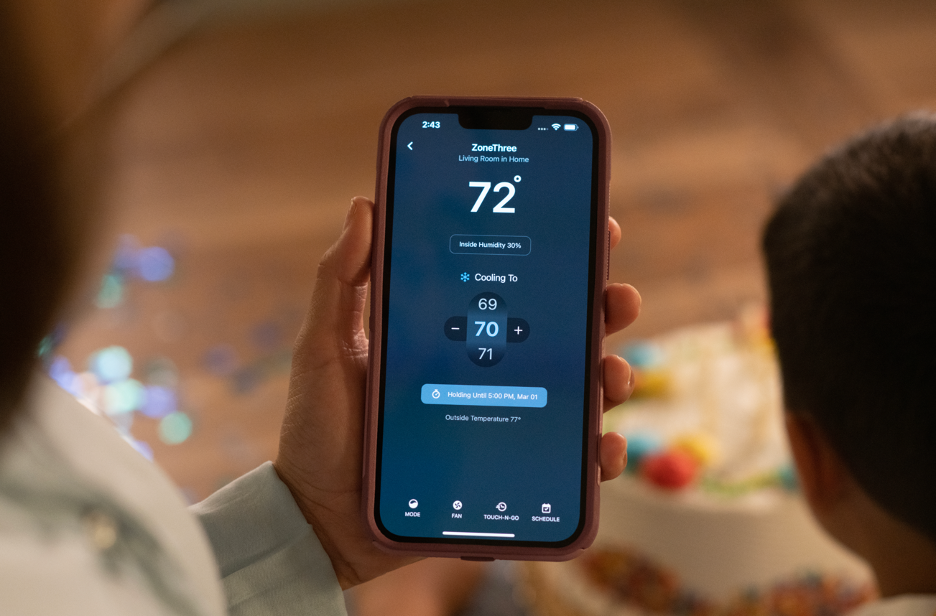
Innovative products like motion-sensing faucets, adjustable-height countertops, and smart thermostats with intuitive interfaces are specifically designed to meet the needs of aging homeowners. These technologies improve accessibility and reduce the risk of accidents and injuries, allowing seniors to remain in their homes safely and comfortably for years to come. And if you install them now for your future self, you won’t have to look forward to having some 8-year old trying to explain how the new-fangled wall box works with decreasing patience!
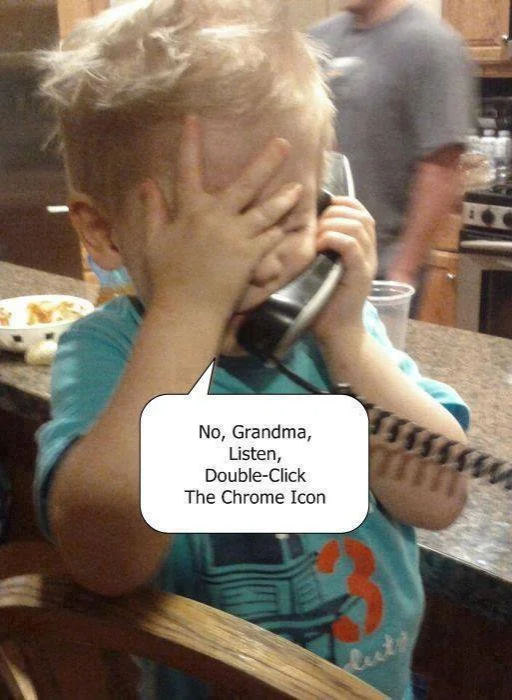
The importance of adopting new technology is clear, but I think it works best when it’s done with an eye on Future Proofing.
Future-proofing our homes against aging and environmental challenges is not just about making upgrades; it’s about creating spaces that nurture and support us throughout our lives. Future proofing is normally a term reserved for adapting one’s home to be ready for senior living / aging in place, which is a good plan. I also like to consider future proofing as an environmentally focused plan for the world.
As homeowners, we have the power to make a positive impact on both our own lives and the world around us. By taking advantage of available grants and incentives, investing in innovative technologies, and embracing a mindset of sustainability, we can create homes that not only benefit us today but also leave a lasting legacy for future generations.
So let’s embrace the journey of future-proofing our homes, one sustainable upgrade at a time. To get more information on any of the products you’ve read about here, or ask about different one, call R&B. Because in 100 years, somebody will…still… care!
Looking an expert?
Ideally, we want you to call us every year to do the annual maintenance. After that, it’s time to call an R&B expert when you hear noises that are not normal, you see error codes or warnings on your thermostat, or if you’ve tried all that you can – or want to, and if you simply have no heating or cooling. We’re here to help.

